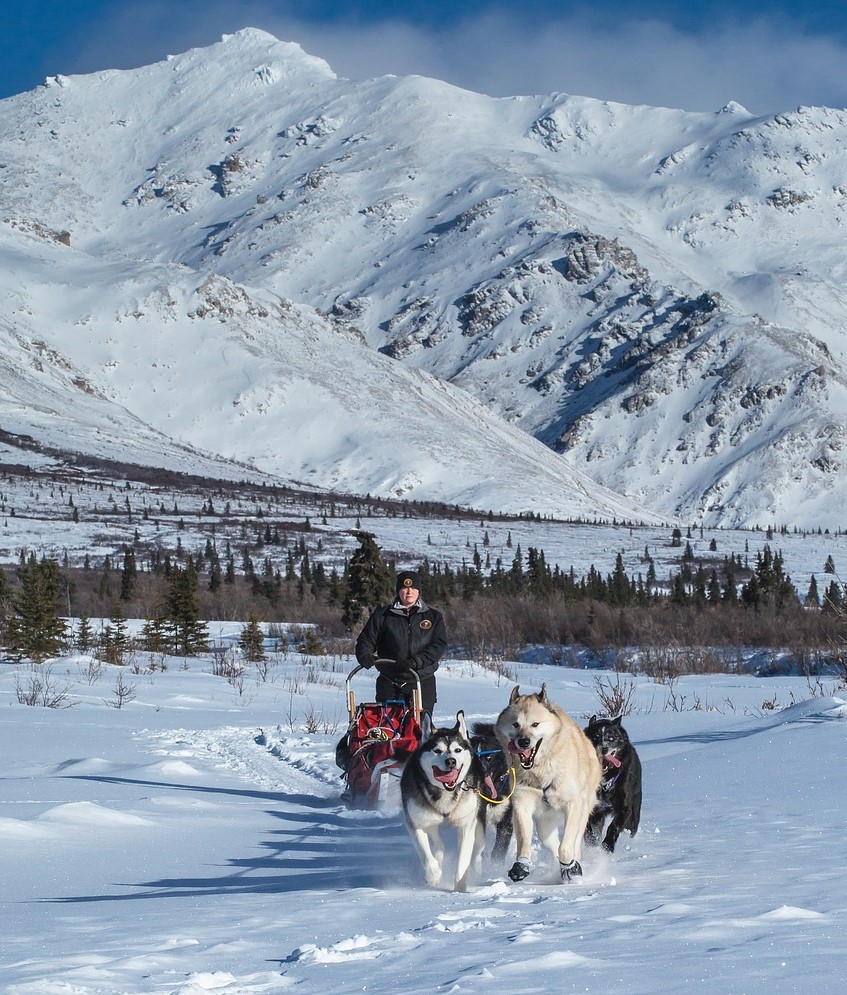To truly experience the delights of everything Americana – nothing beats a road trip in the USA. Follow in the footsteps – oops I mean tire-tracks – of the likes of Little Miss Sunshine, the Griswolds (National Lampoon’s Vacation) or Thelma and Louise, obviously trying to avoid the pitfalls and mishaps encountered on their journeys. But driving on the open roads of North America’s freeways and highways is not only undoubtedly easier than most other places on the planet but also more interesting. Even on seemingly boring stretches of highway you will find hidden gems, quirky attractions, and interesting people. For the less adventurous adventure – the car may be just a tool to travel between theme parks or beaches in a land where – outside of major cities – public transport is not easy to find or use. The car is as integral to the US history and psyche as the Royal Family is to that of the UK.
Not Complicated
Let’s not make it too complicated. Hiring a car is relatively easy and generally inexpensive – unless your requirements happen to clash with a major event or holiday! Fuel costs are still low compared to the UK and driving in the US couldn’t be easier. Once you get to grips with driving on the ‘wrong’ side of the road and a little understanding of some of the quirkier rules-of-the-road, it will quickly become second nature. Beware though that rules and restrictions may be different depending on what state you are driving in. Road rules are strictly adhered and enforced with speeding, drink-driving and using a mobile phone whilst driving amongst the most prosecuted. Litigation is a way of life so drive carefully and make sure you have ample insurance. Driving at night can take a little more getting used to – and it is best to think about the areas you are driving through at night and it is always best to keep the vehicle fuel topped up.
Best time to book
It is advisable to book early – particularly if you have a vehicle type that might be in demand at certain times of the year. SUVs may be in short supply in peak summer months and during holidays, 7-8 seater MPVs will be pricey in Florida during holidays and the peak winter months.
Pick-up and Drop-off Locations
It will always be cheaper to pick-up and drop your vehicle at the same location and many rental companies don’t charge one-way fees for interstate rentals, generally within California and Florida. One way drop fees may be hidden in the charges shown when you book online – so check the final price before you compare with other options. Make sure you have a like-for-like quote.
Airport locations will offer more choice of vehicle and better upgrade options so try to plan your trip to start and finish in the same place, avoiding drop-off fees. Of course, if you are looking to experience Route 66 this won’t be possible- but whilst it is a radical thought if you travel West-to-East the one-way fees will be considerably lower. One-way drop-off fees, which often get disguised or hidden within the quoted rate, can add $100 a week or more to the total.
Fees and taxes
It is always best to pre-book your car-hire. Make sure you check all the inclusions and what is not included or covered. A zero-excess CDW/LDW policy will give you peace of mind – and remember that a slightly damaged tire or chip on the wind-screen may seem innocuous but could cost hundreds of dollars in lost excess. Most international rentals prepurchased online should include the bulk of what you need. Look for Platinum packages that also include a ‘free’ tank of fuel so you can return the vehicle close to empty rather than worrying about finding a Gas Station before your drop the car. If you are sure that Added costs you can expect at airport companies include anything from “concession fees” to “facility charges” (sometimes both, adding $10-$20 per day to any rental.) One of the biggest contrasts can be found in the usually cheap state of Texas; at airports in Houston and Dallas, local fees and taxes add more than 50% to daily and weekly rates, an upcharge that some companies may neglect to mention until you arrive.
Don’t let yourself be bullied by the scare tactics of rental employees trying to earn some extra commission. If you have checked your cover then refuse any additional insurance premiums.
Taxes on your rental should normally be included – but there will be extra taxes on additional surcharges such as one-way drop fees and these can be quite steep!
SatNav – renting a SatNav will generally cost you as much as purchasing one locally. Most SatNavs can be updated to include North American mapping so think about taking your own.
Car-Seats – booking a car-seat is essential if travelling with small children, but it can be quite pricey. This is all seen as extra revenue by the rental companies and will cost over $10 per day per seat. Think about taking your own with you if your baggage allowance allows (some airlines let children use certain types of seat/booster on the aircraft).

Check The Rental Agreement
Before you leave with the vehicle always check through the rental agreement carefully – check what you are signing and ultimately accepting responsibility for! Don’t be worried about asking for clarification – and more importantly, make sure you get a copy of the final agreement when you drop the vehicle as you may need to dispute spurious charges with your credit-card company.
Insurance
This is perhaps the most frustrating part about hiring a car, especially after a long flight. You will be bombarded with various acronyms representing the various optional extras. in a tone of voice that makes you feel reckless not to accept.
Collision or Loss Damage Waiver (CDW or LDW) – This you will need – but most packages will include CDW/LDW so just check what the excess is on the cover (see above). Supplementary Loss Protection (SLP, usually around $10 a day), helps increase your coverage for the extra fee. Meanwhile, Personal Accident Insurance (PAI) duplicates any health insurance coverage you already have.
Supplementary Loss Protection (SLP) – this maybe be worthwhile if lowering your excess to ZERO. helps increase your coverage for the extra fee. Meanwhile, Personal Accident Insurance (PAI) duplicates any health insurance coverage you already have.
Personal Accident Insurance (PAI) – you should be covered for Personal Accident on your existing travel insurance – so an additional charge for this would not generally be required. duplicates any health insurance coverage you already have.
Personal Liability Insurance (PLI) – Check what you are covered for on your travel insurance policy. Your credit card provider may also include some cover if the rental was paid by card! Remember that the US is highly litigious so this may be a better-safe-than-sorry situation where you feel that the liability is just not worth saving on the premium.
The cost of insurance to cover potential loss or damage can easily exceed the basic rate of the car rental, so consider your options carefully. Pre-paid insurance is almost always the best value.

Where to hire
One of the largest car-hire aggregators is Holiday Autos who offer the widest choice of rental companies.
For something different try Sixt who offer one of the widest range of specialist and sports car rentals in the USA.



